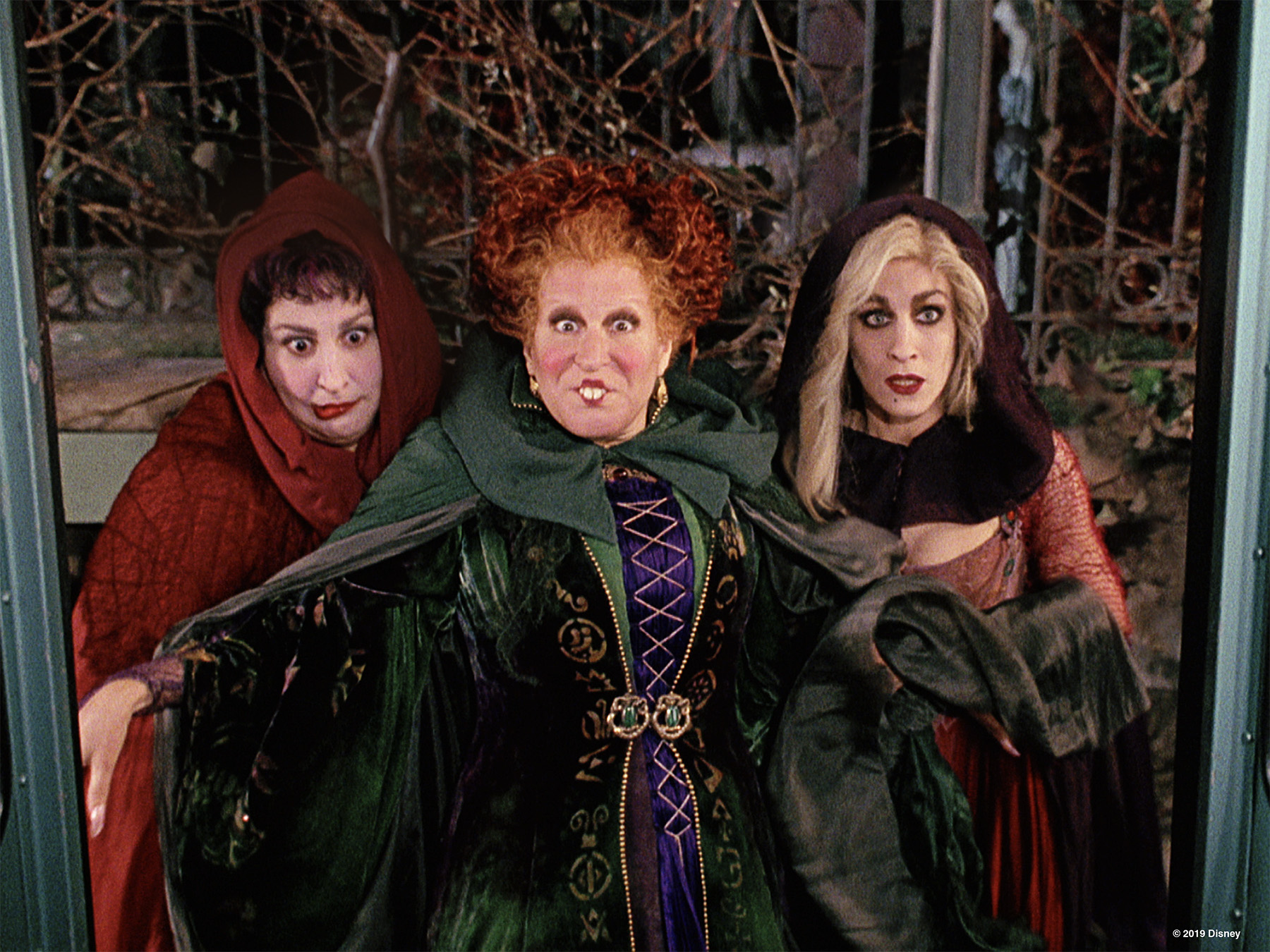Table of Contents Show
Witches throughout history have been perceived as dark, wicked, and powerful women who invoke fear and provoke evil. They are popularly seen in all-black attire, a pointy hat, and flying around on a broomstick – similar to The Wicked Witch of The West in The Wizard of Oz. As a society, we are told witchcraft is sinful and that dipping your toes into such dangerous waters will only be met with dire consequences. Regardless, we seem to find ourselves drawn to the craft and those who practice it. We idolize witches, wishing we possessed the same abilities to perform spells and curses on those around us.
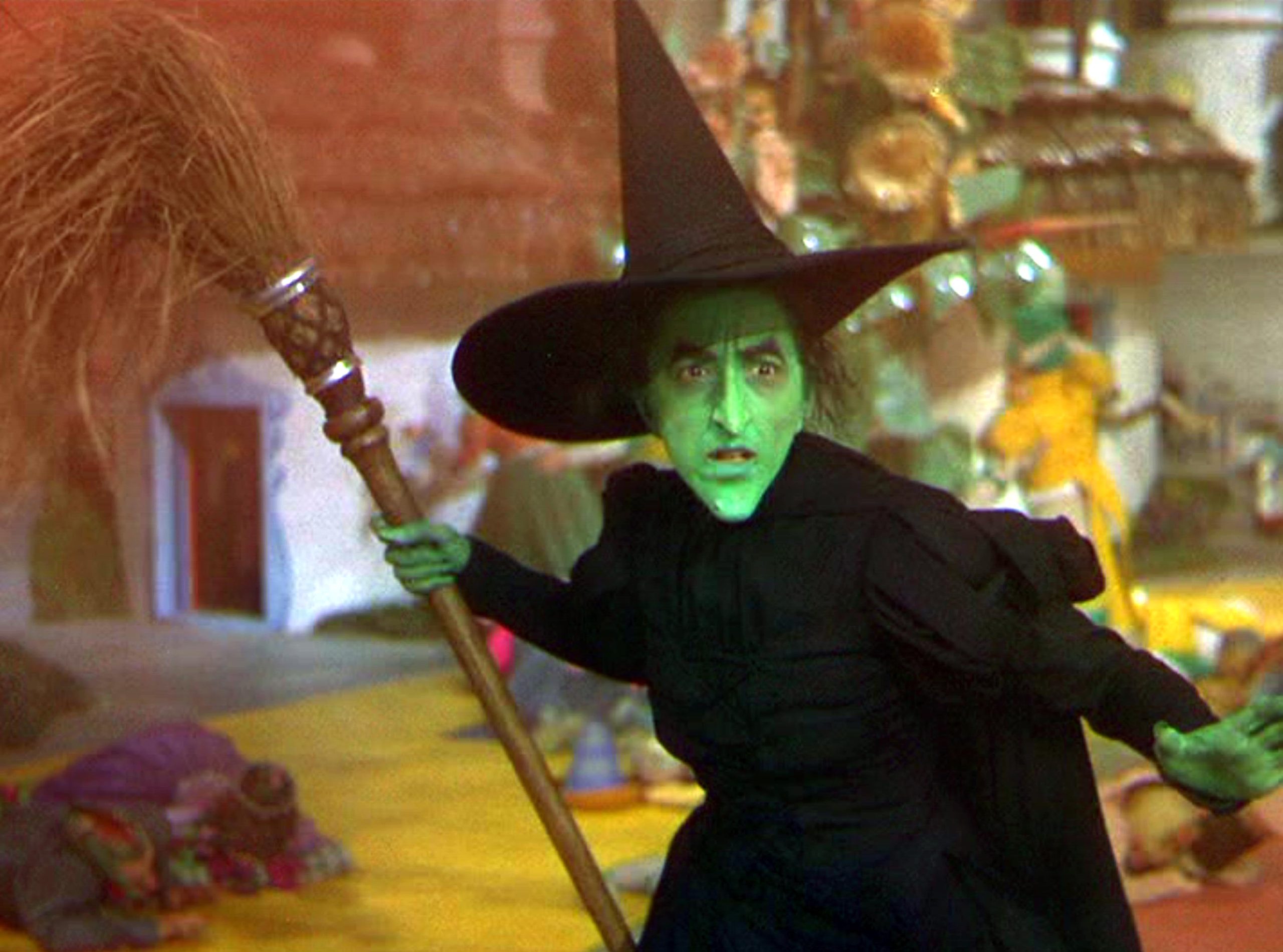
From Hocus Pocus to The Craft, witch films enchant us — almost as if they are using their powers to draw us to the screen. The Wicked Witch of The West from The Wizard of Oz was so beloved, she inspired an entire Broadway show. But what is it about them that is so fascinating? It seems their empowering nature, a keen sense of style, and unexpected relatability keep viewers tuning in every time we see a witch on the screen.
The Origin Of Witches
Though it’s hard to pinpoint the exact origin of witches, witches appeared in the bible and are believed to have been women using witchcraft to help, heal, and to bring about necessary change. However, they are twisted into villains and accused of doing the devil’s work. One of their earliest appearances was during the notorious Salem Witch Trials. In the spring of 1692 in Salem, Massachusetts, a group of young girls claimed to be possessed by the devil and later accused several women in their town of bewitching them through witchcraft. This was the start of the Salem witch trials, which inspired the infamous play and movie The Crucible.
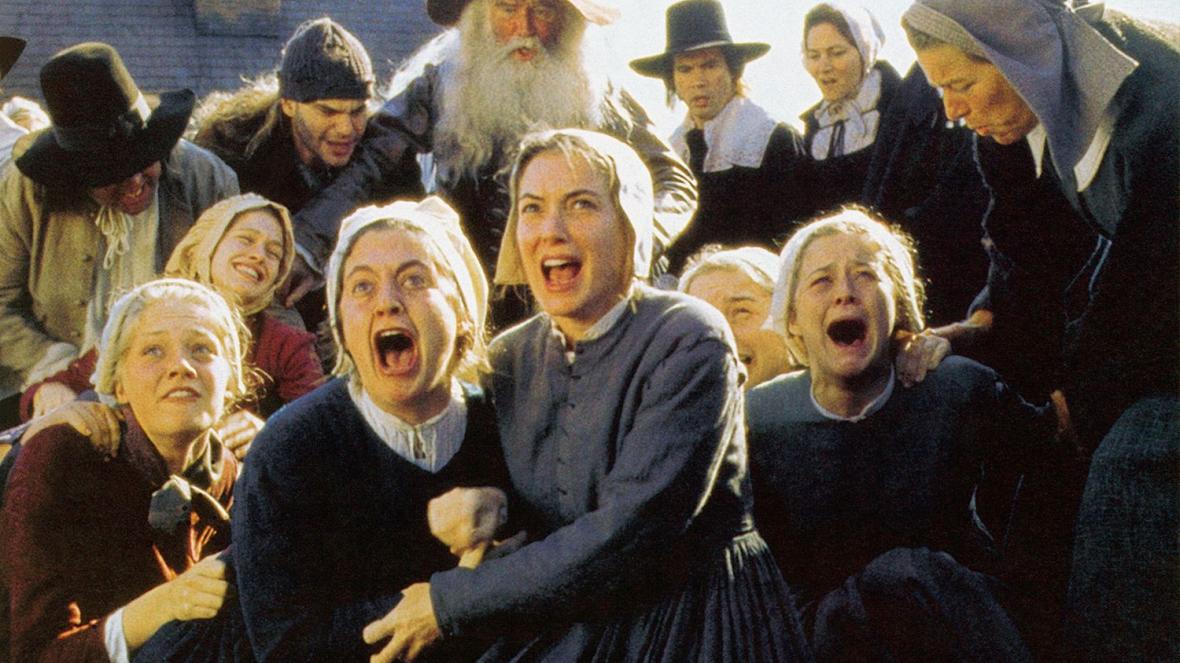
Hollywood ran with this idea of witches and audiences ate it up. The story of the Salem Witch Trials and the idea of burning women accused of witchcraft has been a huge inspiration for pop culture, inspiring films like The Witch, Hocus Pocus, and the third season of Ryan Murphy’s American Horror Story, American Horror Story: Coven.
Hocus Pocus
One of the most popular Halloween films follows three witches, Winifred, Sarah, and Mary Sanderson, as they seek out children to suck the souls out of in order to remain immortal. The film begins on October 31st, 1693, when Emily Binx wanders into the home of the Sanderson sisters. Together, the three sisters suck the youth out of Emily, resulting in her death. When the town finds out, they hang the three sisters. 300 years later, a teenage boy named Max Dennison lights the black candle in their home and accidentally resurrects the witches.
It’s just a bunch of hocus pocus
(( Max Denninson — Hocus Pocus (1993) ))
One might think three witches who eat children in order to stay alive would be the most hated characters in cinema; however, they are instead some of the most popular. Though we might be routing for the main characters to take down the Sanderson sisters, we are also enjoying the witches’ antics. We laugh along with their jokes, relish their evilness, and savor their phenomenal rendition of “I Put A Spell On You.”
The Sanderson sisters are one of the most popular Halloween Costumes every year and their iconic spellbook has been recreated by people all over the world. The truth is, we love The Sanderson Sisters for the very reason we should hate them: their evilness. We respect how determined they are to do whatever they have to in order to fight off those trying to destroy them and their cleverness up until their very demise is inspiring. These powerful qualities that society has labeled evil are actually quite admirable, keeping our love for witches strong.
The Craft
The Craft is a far darker film than the light-hearted Hocus Pocus; however, it induces the same level of witch obsession. The film follows Sarah Bailey who has just moved to a new city and started attending a new high school. Sarah has unusual powers, and when three misfits at school discover this, they recruit her as the fourth member of their coven.

Each girl has their own personal mission. Sarah casts a spell to make the popular boy in her class fall in love with her. Rochelle uses her magic to take down her bully. Bonnie uses her powers to heal burn scars on her back. Nancy uses hers to defeat her abusive stepfather, then to acquire a large sum of money to move her and her mother out of their trailer and into a beautiful new apartment. Unfortunately, Nancy becomes power-obsessed, turning on her own coven and inevitably getting taken down.
Taking Back Your Power
Though the girls in The Craft may have been in over their heads, the film inspires the underdog to take back their power and gain control over their life. Watching the girls transform from victimhood to the creators of their own world reminds us no one can ever bring us down unless we give them the power to do so.
“We are the weirdos, mister.”
(( Nancy — The Craft (1995) ))
Ultimately, all of the girls’ plans backfire and they end up powerless, with the exception of Sarah. There’s something thrilling about watching a group of girls who were looked down upon recognize their powers and rise above those who tried to tear them down. Underneath all the witchcraft, there’s a strong message–own your power, just try not to take things too far.
Witches As Fashion Icons
Another transfixing element of witches highlighted in The Craft, as well as other witch films, is their eccentric style.
There are several theories as to where witches’ all-black ensemble and pointy hat originated. Some believe the hat was inspired by the pointy hats worn by women during the Medieval Times. Others claim they came from the “witches of Subeshi“, female mummies who wore pointy, black hats. Another possibility is that during the Salem witch trials, the devil was described as a tall, dark man with a “high crowned hat.” Since women who practiced witchcraft were believed to be possessed by the devil, this is definitely a possibility.
Though we might not consider pointy hats to be the peak of the fashion industry, dark makeup and all-black attire never seem to go out of style. The characters in the 1995 film, The Craft explore all of our favorite mid to late 90s trends that make all of us wish we could be a part of their coven.
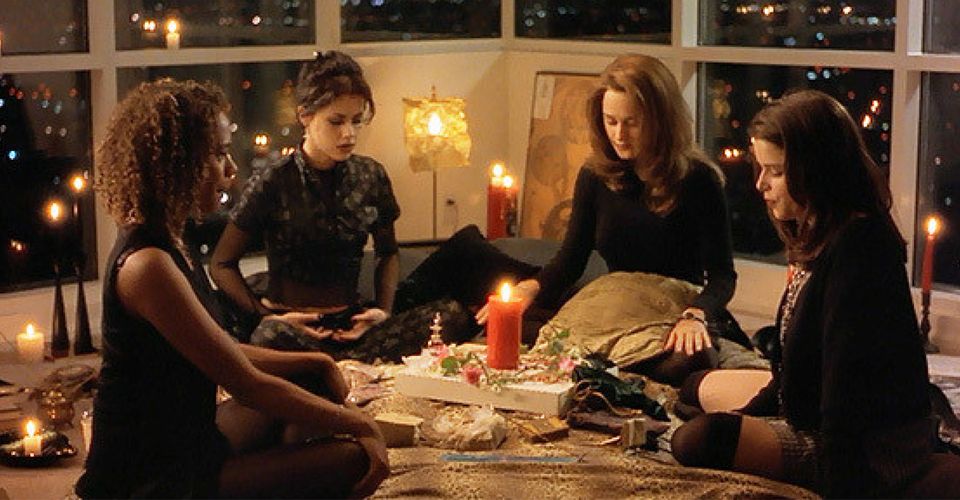
Throughout the film, the characters are seen sporting plaid skirts, black high socks, and platform shoes. Nancy in particular favors black eye shadow, leather jackets, and studded chokers. In the past five years, 90s styles have resurfaced. Stores like Dolls Kill are stocked with 90s grunge attire. Even a simple google search of the phrase “witchy clothes” is met with countless images of black flowy dresses, large hats, and Stevie Nicks inspired shawls. It’s hard to not feel inspired by a group of people who look so cool.
American Horror Story: Marie Laveau
Another form of witch is the often overlooked voodoo-fortune teller, notoriously known in New Orleans. The voodoo witch was created when enslaved people from West Africa and sub-Sahara moved to Louisiana bringing their beliefs and culture along with them. One of the most famous voodoo witches is Marie Laveau — a real-life witch who was known as The Queen of Voodoo. She is portrayed in American Horror Story: Coven and American Horror Story: Apocolypse. Marie is incredibly powerful and known for having a cure for aging. However, she doesn’t give her power away very easily–no matter how much other characters beg her to.
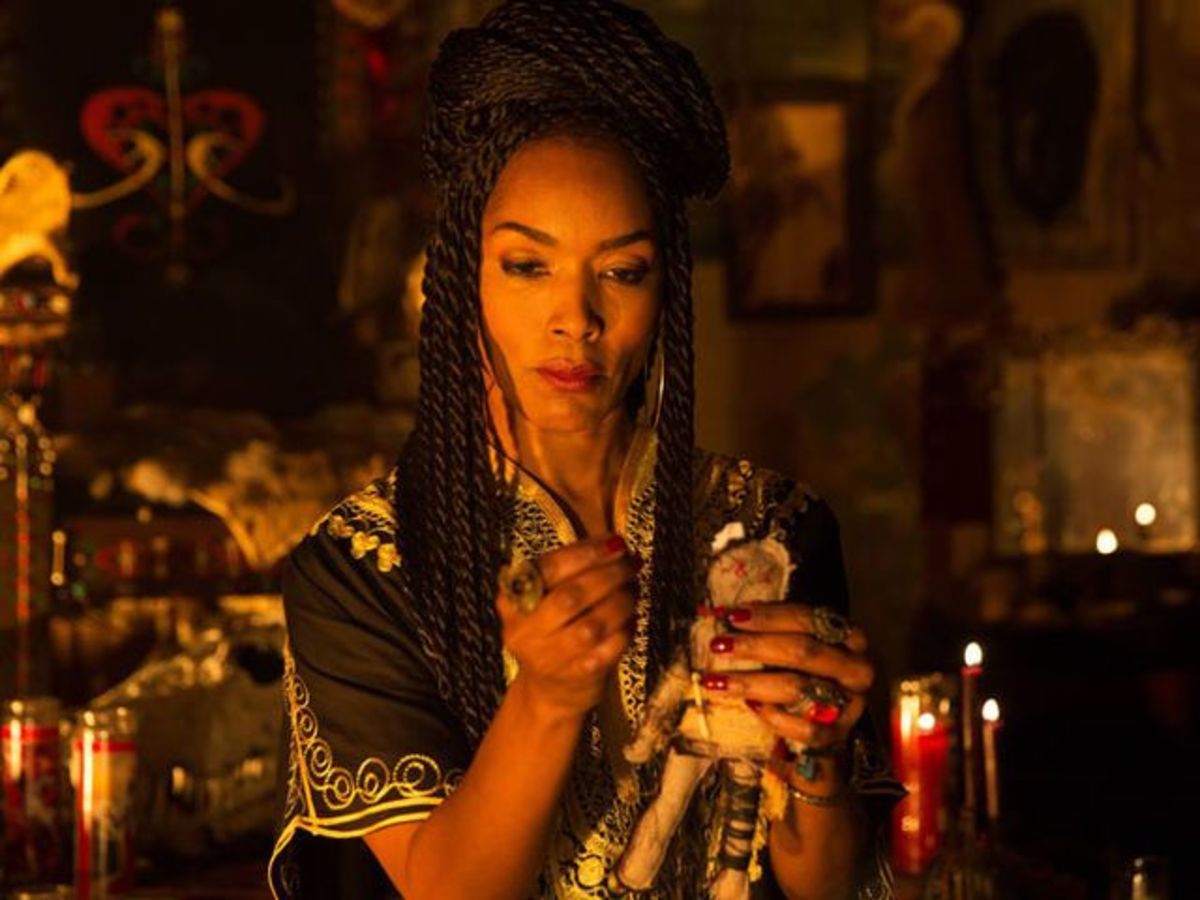
In film and television, she’s portrayed like most witches: evil and dangerous. She usually hides in a back room with a beaded curtain where she sits at a table gazing into her crystal ball. Despite her bad reputation, she’s usually very helpful and incredibly wise. Young, naive witches often wander into her shop, desperately searching for a quick fix to their problems. The voodoo witch uses her knowledge and past experiences to warn them of the dangers of using magic irresponsibly. They never seem to listen, and the witch who sold them the potion always ends up looking like the villain.
“She done messed with the wrong witch.”
(( Marie Laveau — American Horror Story: Coven (2013) ))
There is something admirable and mysterious about the voodoo witch’s intelligence. She knows more than she appears, and we like that she doesn’t give all her knowledge away. As we watch the other characters run wild with magic knowing that inevitably they will end up back in the witch’s shop begging for help. She is always the one to fix their problems–we love her for it.
The voodoo witch has appeared in films like Holes, television shows like Disney Channel’s, So Weird, and even video games like The Sims.
Good Witches In Media
Glinda from The Wizard of Oz may be the most well known good witch, but she isn’t the only one. There’s also Marnie Piper and Agatha Cromwell from Halloweentown, as well as Alex and Cameron from Twitches. In these films, the witches spread a positive message about coming together as a family in order to take down evil. In Halloweentown, the evil mayor was putting a curse on citizens in an attempt to get them to join him in taking control of the mortal world. To the dismay of the evil mayor, when joined together, the Cromwell family’s power is so strong that they are able to stop his plan and return Halloweentown to its natural and joyful state.
“Your only power was the power to keep us apart, and now you don’t have that power anymore!“
(( Marnie Piper — Halloweentown (1998) ))
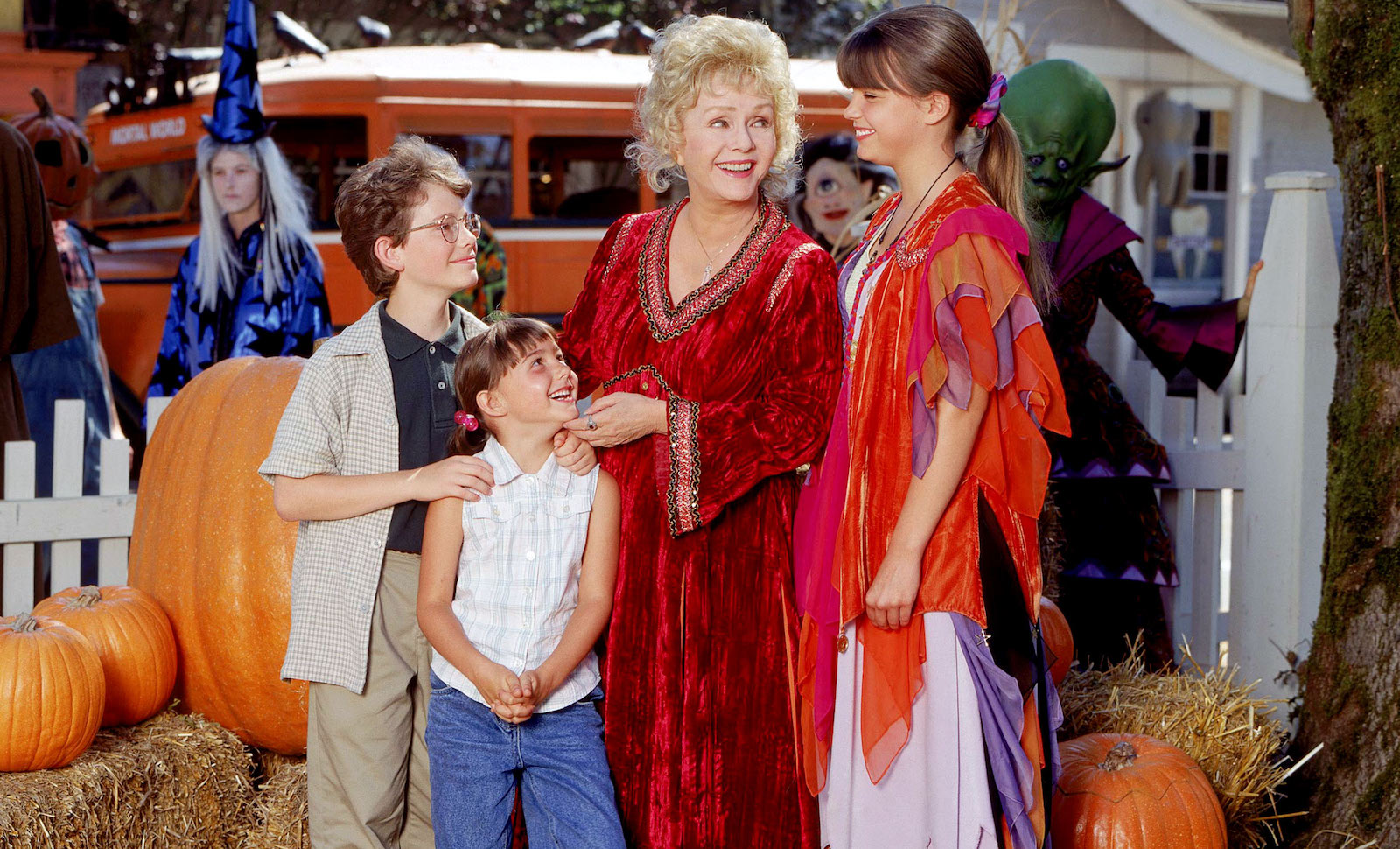
Twitches follows a similar theme. Alex and Cam are twin sisters who were adopted by separate families but find each other on their 21st birthday. They discover that together they have incredible powers and that they are victims of a black, destructive cloud called “The Darkness.” They discover that the darkness is actually their uncle, their late father’s brother, who wants to marry their birth mother so he can take over her Kingdom.
However, similar to Halloweentown, the family’s combined powers outweigh their uncle’s own powers and they defeat him. What’s so loveable about these characters is they prove what magic and being a witch is really about: using your power for good and acting out of a place of love instead of fear and anger. Most of all they remind us of a very crucial truth: good always wins over evil.
Witches And Feminism
Witches have become the face of feminism. Modern-day feminism has become all about owning your power and not allowing anyone to drag you down. When we see witches on screen owning their power, it makes us feel as though we can do the same. Hocus Pocus‘s portrayal of witches eating children to maintain youth and The Craft‘s depiction of witches becoming power-hungry might not align with our definition of feminism, however, there are feminist messages lingering between the lines of these cult films.
The Sanderson Sisters’ belief that their worth lies in their youth and physical appearance is extremely prevalent in our society, and The Craft displays several scenes of female empowerment, including Nancy using her powers to prevent her stepfather from abusing her mother. Also, Halloweentown and Twitches present the positive effects of women putting aside their differences and coming together to fight off evil.
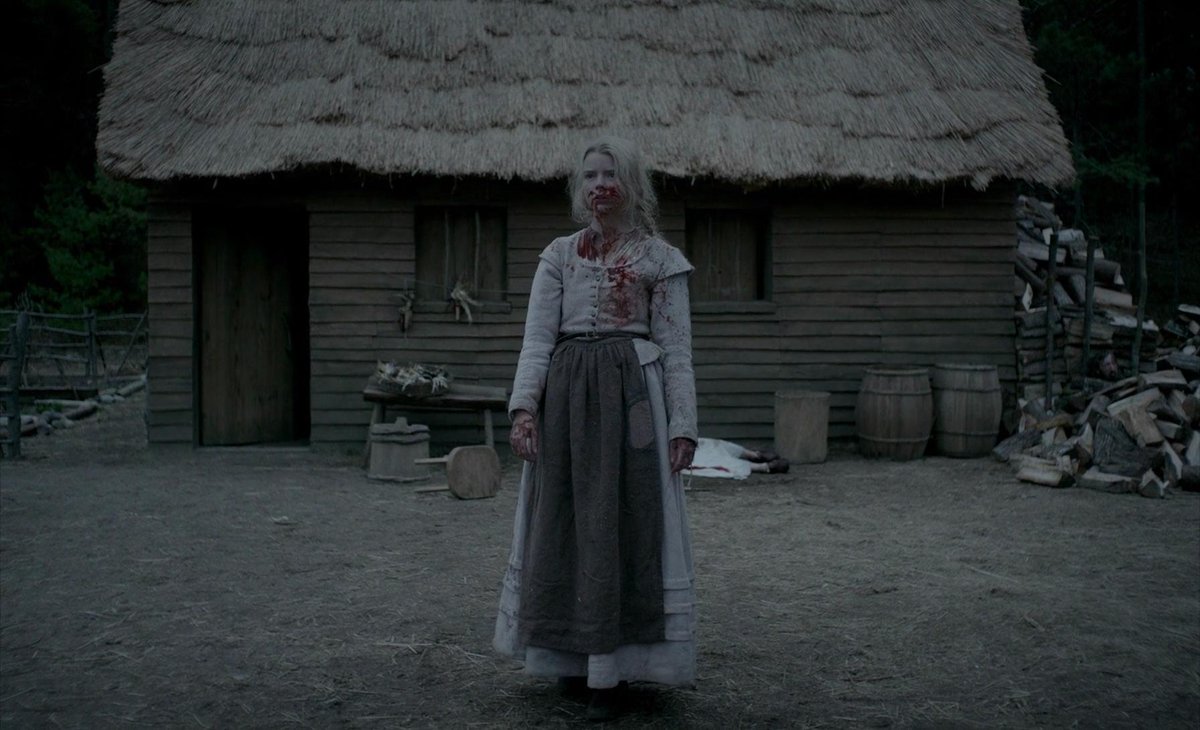
However, women aren’t always praised for standing up for themselves or being strong and confident. Instead, they are painted as manipulative, calculated, and evil. They’re often compared to witches and the fight to tear down innocent women has been compared to a witch hunt.
The 2015 film, The Witch, takes place in 1630 when a family is banished from their puritan town over a religious dispute. When their newborn baby goes missing, they blame their oldest daughter because she was supposed to be watching him. When a series of other strange things occur, such as Thomasin milking a goat who instead produces blood, the family accuses her of witchcraft. Thomasin, being the oldest daughter, takes all the blame for the family’s mistakes, and though her other siblings have also done wrong and made mistakes, she is the one who is villainized and written off as a witch. Ultimately, she morphs into the very label that was thrusted upon her.
“They’re burning all the witches even if you aren’t one, so light me up.”
(( Taylor Swift — I Did Something Bad (2017) ))
This idea is relatable to women in the real world and especially prevalent in pop culture. During the public’s takedown of Taylor Swift in 2016, she wrote a song called I Did Something Bad, which was featured on her 2017 album, reputation. Throughout the song, she villainizes herself through the perspective of the public. There is a line in the bridge of the song in which she compares herself to a witch and compares the way in which she was treated to a witch-hunt. The song brings awareness to the way modern-day society villanizes and cancels women in a similar way to how villages would burn witches.
Do Witches Exist In The Real World?
Imagine if you had the power to effortlessly make the guy you like fall in love with you or maintain everlasting youth. Is this possible? If you search youtube you will find endless videos of people teaching you how to use candles and potions to make someone fall in love with you and others teaching you how to manifest absolutely anything you desire. Urban Outfitters is stocked with modern-day spellbooks using herbs and other natural materials to teach people how to bring their wishes into reality. So does this mean witches are real and not just a film character? Who’s to say.
“Magic is really very simple, all you’ve got to do is want something and then let yourself have it.”
(( Aggie Cromwell — Halloweentown (1998) ))
Whether they are real or not, there are some beautiful lessons that can be learned in these films such as taking back your power from other people, coming together as a family to use good to overpower evil, and not letting all your power get to your head. There is also societal relatability in the way witches were hunted even if they were initially using their power for good. There are so many factors as to why we love witch characters so much and why we want to be like them. It seems one of the most crucial reasons is because we are longing to step into our power and take control of our lives–even if it means provoking others to hunt us down.
If your fascination with witches stems from your love for the late 90s aesthetic, luckily those styles are easily accessible. However, if you do want to tap into your inner witch and step into your power, take a page out of the Cromwells spellbook and use your magic for good.
